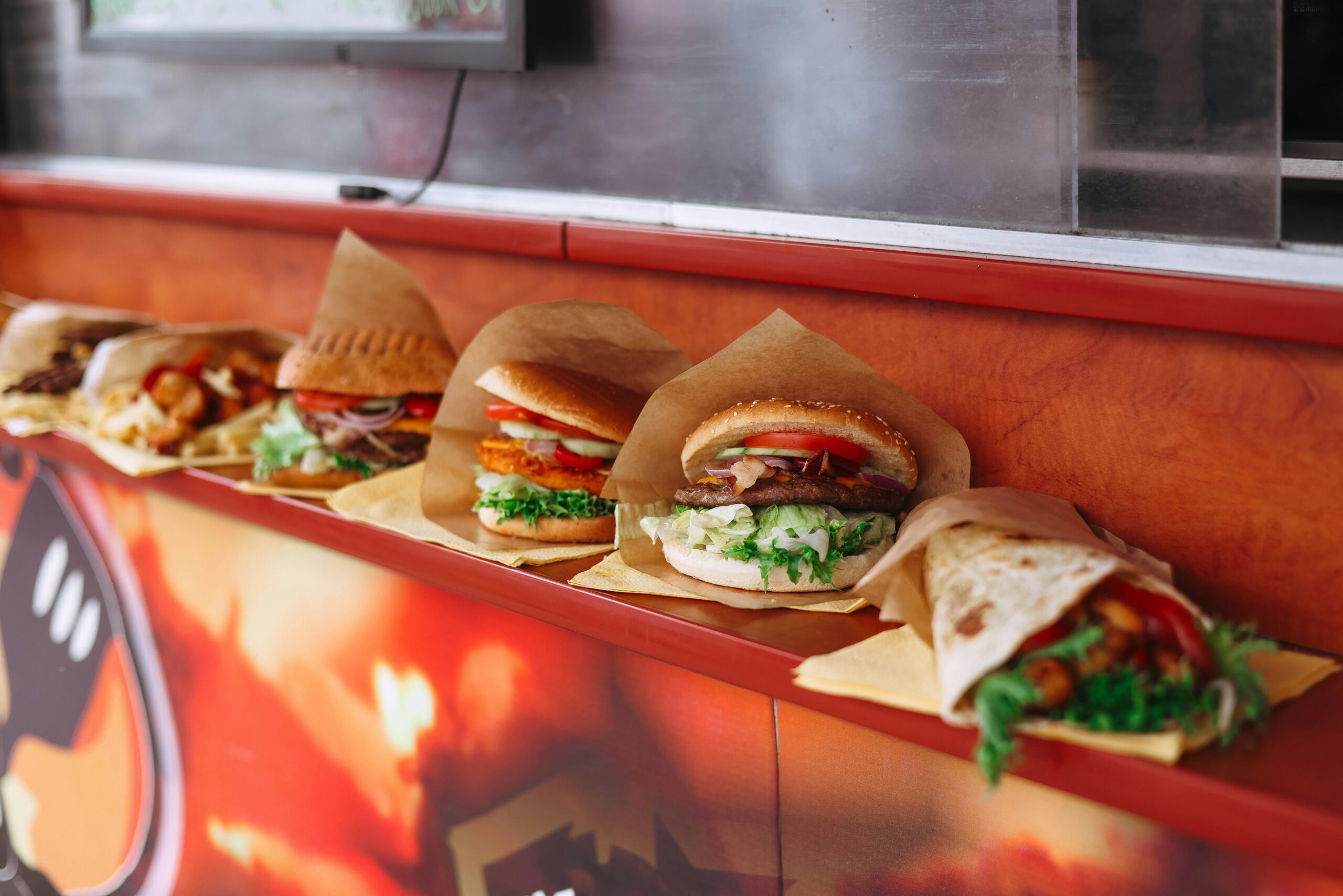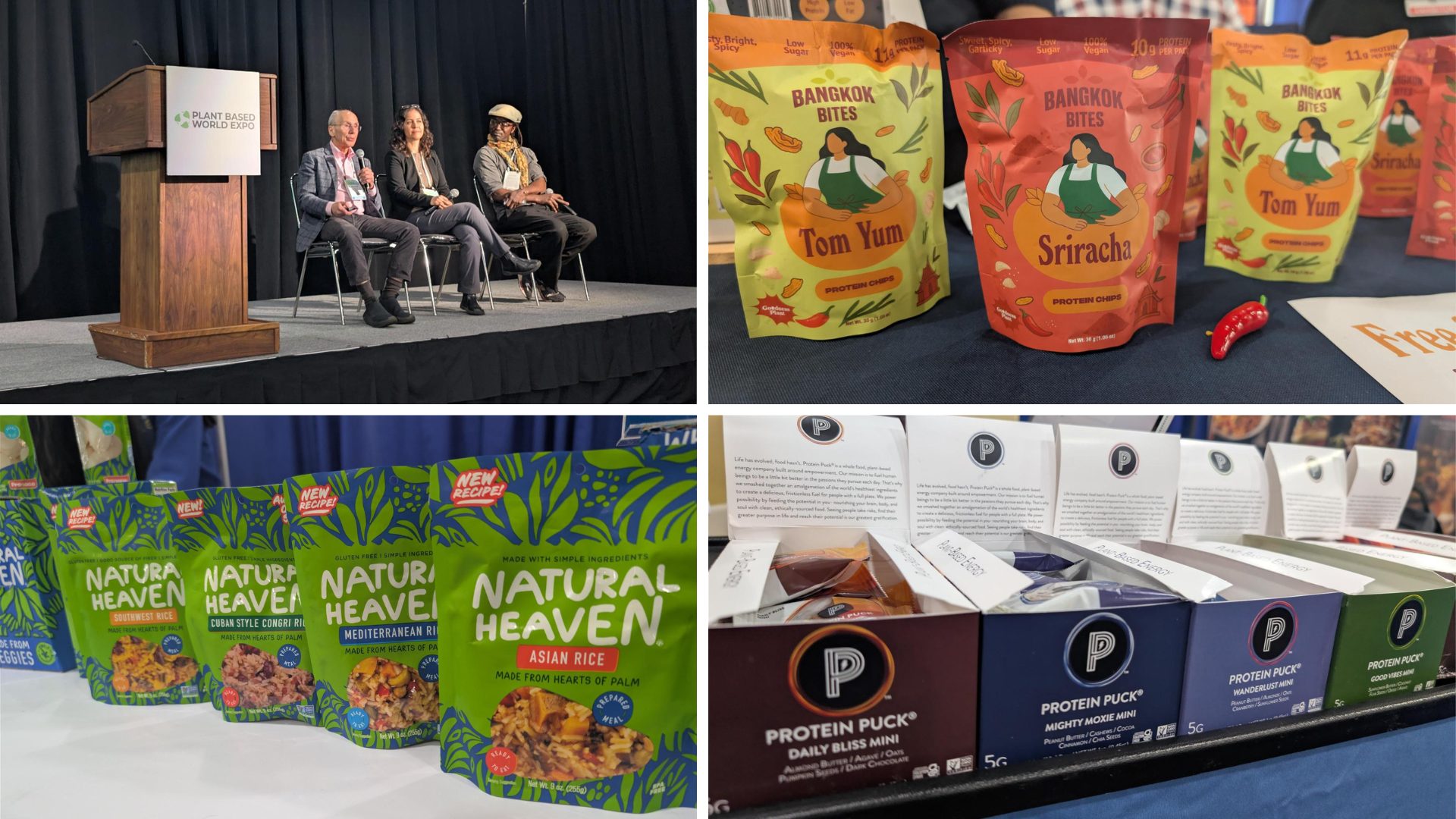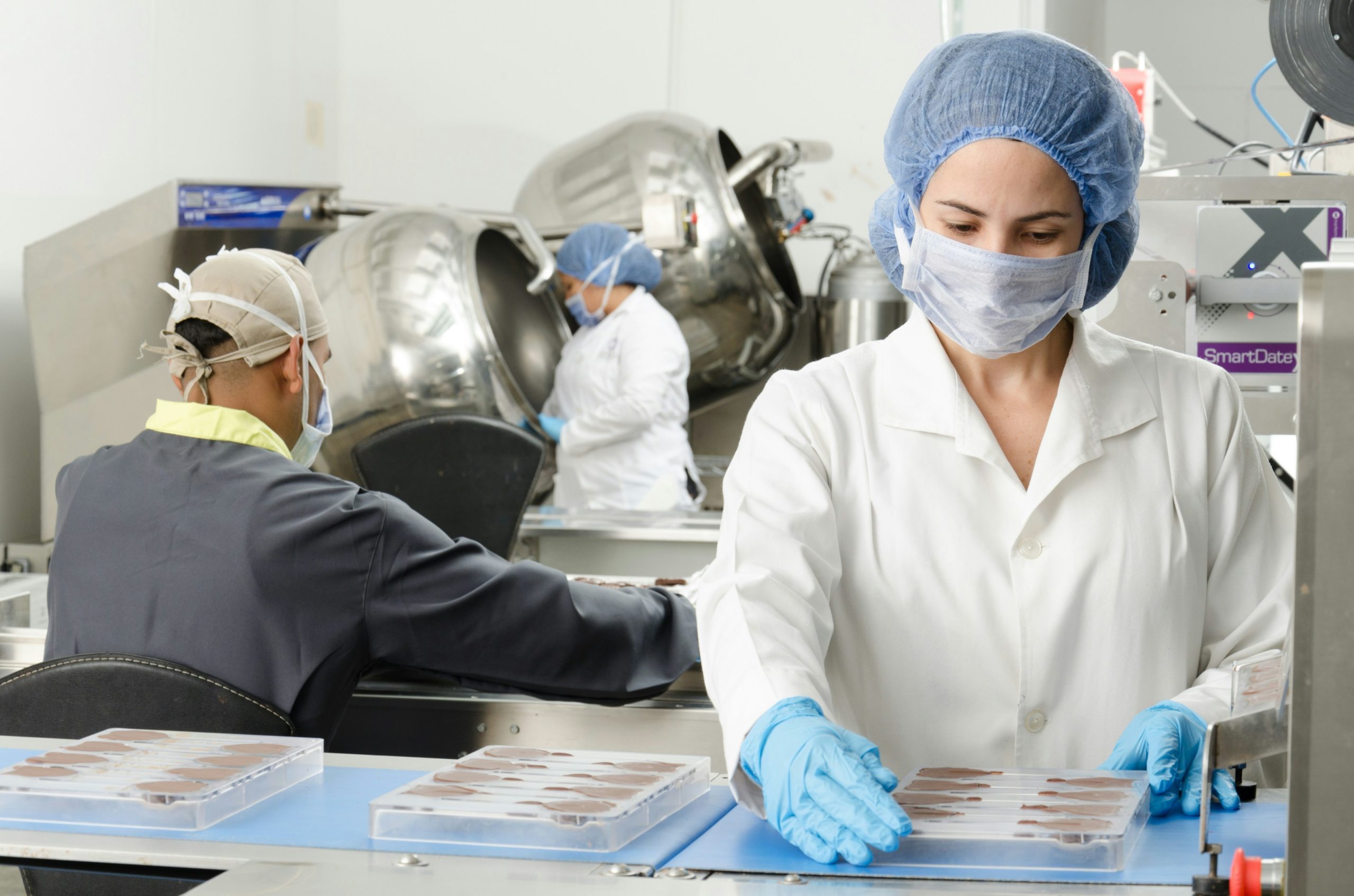In a food-tech context, we often think about the various types of technologies used in production – from extrusion and 3D printing to precision and biomass fermentation – as their own distinct and highly individualized processes.
However, these technologies are often combined during alt-protein production, and they complement one another quite nicely, too.
Tech Integration Meets Alt-Meat Innovation
This type of technological integration has emerged as a key trend within the alt-protein space, according to Jack Ellis, the leader of Cleantech Group’s agriculture and food research operations.
“Plant-based, fermentation-derived, and cell-cultured [methods] have conventionally been seen as three competing technological pathways to the same end goal: animal-free protein,” Ellis told The Food Institute.
“But we’re already seeing them become complementary to one another, with some or all of these technologies likely to feature together in a single end product.”
Ellis cited GOOD Meat, a cultivated chicken product developed by Eat Just, as an example. Although early formulations comprised about 70% cultivated chicken cells, Ellis said the manufacturing costs at commercial scale would’ve been astronomical due to the expenses associated with growth media, bioreactors, regulatory clearances, and other factors.
“To massively bring those costs down toward price parity with conventional meat, the most recent version contains around 3% cultivated chicken cells, with the remaining 97% consisting of plant-based proteins and oils,” Ellis explained.
Impossible Foods’ plant-based beef alternative is a second example of this phenomenon. While it’s primarily made from soy protein, it also contains leghemoglobin, an ingredient used to imitate the bloodiness of slaughter-derived beef, which is produced using precision fermentation.
“So, is that technically a cultivated meat product, or is it a plant-based meat product? It’s both,” Ellis told FI.
Though this multifaceted approach is par for the course in the production of conventional processed meats, where plant-derived ingredients such as binders and fillers are relatively commonplace, according to Ellis, it’s relatively novel within the alt-protein space, which is a much newer category in general – and a category with substantial hurdles to overcome before it can compete with standard meat.
Advancements in Taste and Texture
One of the most crucial barriers to widespread adoption of plant-based meat alternatives is how to replicate the texture, structure, and flavor that consumers expect from conventional meat.
While alt-meat manufacturers have historically relied on functional additives like methylcellulose, hydrocolloids, and starches to accomplish this goal, these ingredients can often exhibit temperature-dependent behaviors that result in products that may not consistently meet textural expectations, according to Anatolii Utkin, a food-tech expert and principal scientist for Novonesis.
“Methylcellulose forms a gel upon heating that dissipates when cooled, while hydrocolloids gel in cold conditions but lose functionality when heated,” Utkin told FI.
Utkin described a breakthrough innovation from Novonesis called Vertera ProBite that creates a stable, meat-like texture across varying temperatures by applying a novel enzyme transglutaminase that cross-links amino acids in plant proteins, which signals a shift in how we think about food design.
“It’s not about mimicking meat with workarounds anymore. It’s about building new structures with smarter, more sustainable tools. By creating stable, meat-like textures through enzymatic cross-linking, we’re finally addressing one of the most persistent challenges in the category: texture consistency across temperatures,” said Utkin.
“Replacing multiple additives with a single, functional enzyme isn’t just a technical win. It’s a win for clean-label advocates and conscious consumers seeking simple, recognizable ingredients.”
The Food Institute Podcast
This Episode is Sponsored by: CBIZ
Tariffs, geopolitical tensions, and inflation are all weighing on the food and beverage industry and consumers alike, but what can industry leaders do to persevere amid uncertainty? Lou Biscotti from CBIZ’s Food and Beverages Services Group shares his insights on The Food Institute Podcast.












